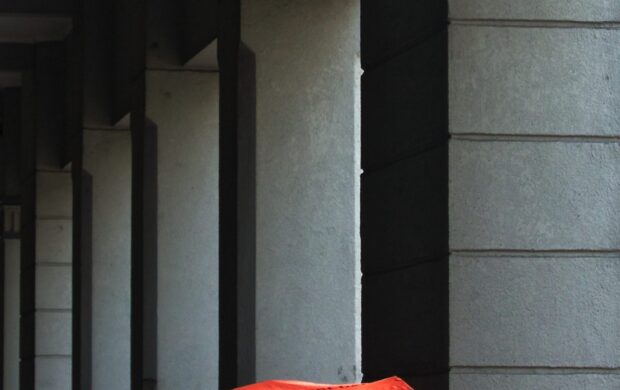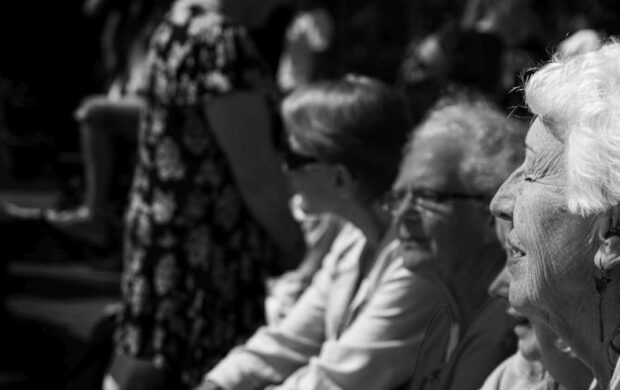Powered by Johnson & Johnson Center for Health Worker Innovation, we are bringing you a series of live research dialogues with experts and practitioners from around the world to explore the role of community health and its critical importance in ensuring future proof systems!
The fourth conversation in the“Resilient Health System of the Future – the case for community health” series explores the challenges in addressing: What mechanics and structures are needed to support and elevate community health solutions?
In July I had the pleasure of facilitating a dialogue between three health experts, all coming from very different places in the system. Reg Joseph, the CEO of Health City, a Canadian social enterprise that works to innovate new healthcare models; Maryse Kok, a Health Systems Researcher at the Royal Tropical institute currently based in Malawi, and Nan Chen, the MD of Health System Strengthening at Last Mile Health, an enterprise that design and build community-based primary health systems in the global South.
It was my third such dialogue that month, and I still marvel at the diversity of perspectives, the generosity of insight-sharing, and the sheer enthusiasm with which the people we invited into these conversations dived into some pretty tough questions. Of which, I think, the question for Conversation # 4 was the toughest: what mechanics and structures are needed to support and elevate community health solutions? Toughest because it goes beyond just diagnosing (pardon the pun!) at a high level what’s working and what’s not, or zeroing in on one element of community care, and really forces you to examine the connective tissue that’s needed to enable community care models to fly.
We started exploring this question with three health system experts:

The three dialogue participants came from such different places (quite literally – we were dialing in from four different countries, across three continents!), it was fascinating to hear the perspective of a digital innovation specialist, blended with those of a field researcher, and a social entrepreneur creating solutions on the ground.
“Public health is a political choice, not a technical issue.”
And particularly fascinating to see clear themes emerge from the conversation, despite the diverse perspectives each person was bringing to the discussion:
- Empower communities to care for themselves
- Research is increasingly showing that the best community care models are ones where the communities themselves are part of creating the health services they want and being a part of decision making and planning at that level.
- Reg, for example, referred to programmes in Western Canada where the focus was on empowering indigenous communities to get involved in their own community care.
- These communities’ traditional healthcare practices were sometimes at odds with Western medicine and the central health system wasn’t always best placed to provide the care they needed.
- By including the community in the design and delivery of the care service, they were able to blend the two models of care in a way that worked best for the community. The model also built the capacity of local people to care for their community members, which makes for more resilient health systems.
- Break down hierarchies in the healthcare profession
- Another key discussion theme was the hierarchy embedded in the healthcare system, and the need to break that down in order for community care models (and, indeed, the wider healthcare system) to function well.
- The consensus was that hierarchies in the healthcare profession stifling innovation.
- Using grassroots insights from health workers – lived experience and knowledge – will be critical to transforming the system. We need to tap more into practices in the field.
- As Maryse pointed out, very often the day-to-day practices of community health workers in the most economically strapped places are commendable, highly innovative and adaptable – something we should learn more from.
- One interesting example of this is the Community Health Units for Universal Health Coverage (CHU4UHC) program in Kenya, where community health workers, government actors and civil service actors are all working together in an ecosystem approach.
- Build the culture behind the data
- As has become clear from a number of the dialogues we’ve hosted, data can revolutionise healthcare.
- However, in order for it to do so, we need to create a culture change in terms of how we use that data. Just having the data is not enough.
- Today, the so-called social determinants of health – factors such as income, education, access to good nutrition and human support systems – are often the key predictors of health outcomes. Yet if the only data we analyse and use to make decisions is predicated on acute care indicators such as costs and volume of curative treatments, then we will not address poor health outcomes.
- To address this challenge, Medic Mobile has created Medic Labs, a new global health technology accelerator which will pursue moonshot ideas to drive better community health outcomes for all people, everywhere, through the intentional, equitable application of data science.
- Work across systems
- Finally, there is an emerging awareness that we will need to work across systems to optimise community health.
- For example, looking across at how food and health link together, and good outcomes in one result in positive knock on effects in another, such as when good quality nutrition positively impacts health indicators on things like diabetes and heart disease incidence.
- The dialogue participants also pointed out that we should learn lessons from other systems, such as borrowing tactics from the climate movement in terms of how it has grabbed political and media attention, in order to elevate community health up on the public agenda.
- After all, as Nan pointed out, prioritising public health is ultimately a political choice, not a technical issue.
The question of mechanisms and structures that support community care might not be a sexy one, but it’s critical: without that connective tissue, that enabling environment, we are swimming upstream. And as the COVID-19 pandemic has highlighted perhaps better than any other recent event, local community health is a key global public good.
These are just four themes that emerged from an hour-long conversation. I am certain there is lots more we can learn.
What do you think are the key mechanics and structures that can support better community health models?
Join the discussion
Check out the conversation page on the Futures Centre for a more detailed look at the notes from this discussion.
Explore the Signals
- Accelerator focuses on applying data science to equitable community healthcare
- Indigenous-led healthcare models
- Vegetables prescribed as medicine
Recommended Reads
Check out the previous conversations



















Join discussion